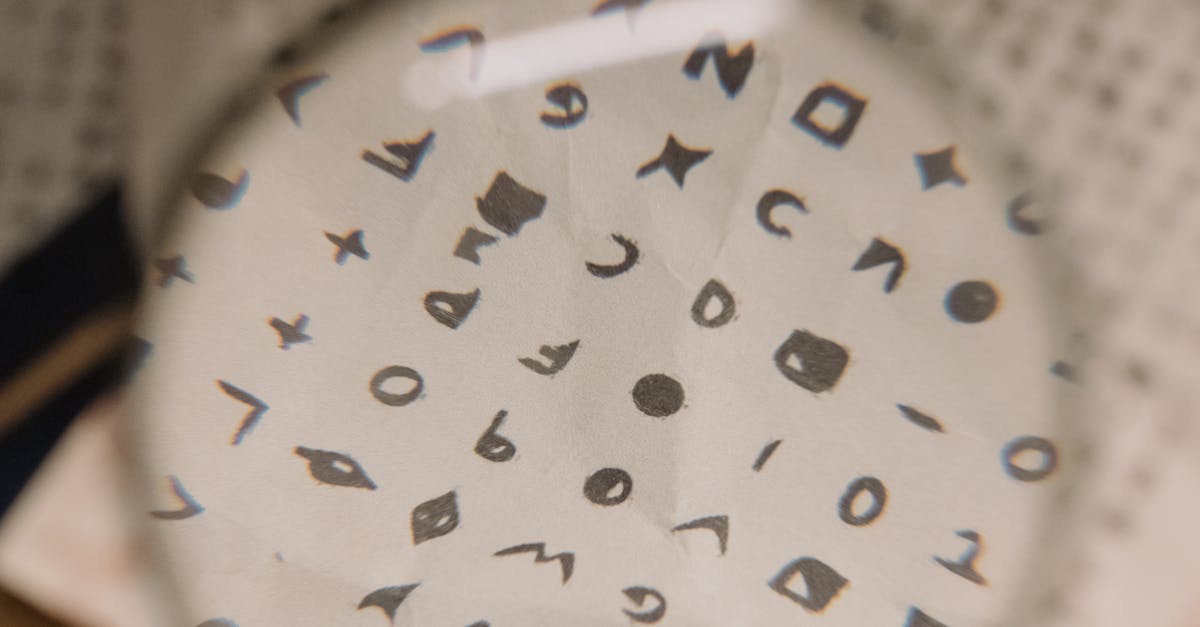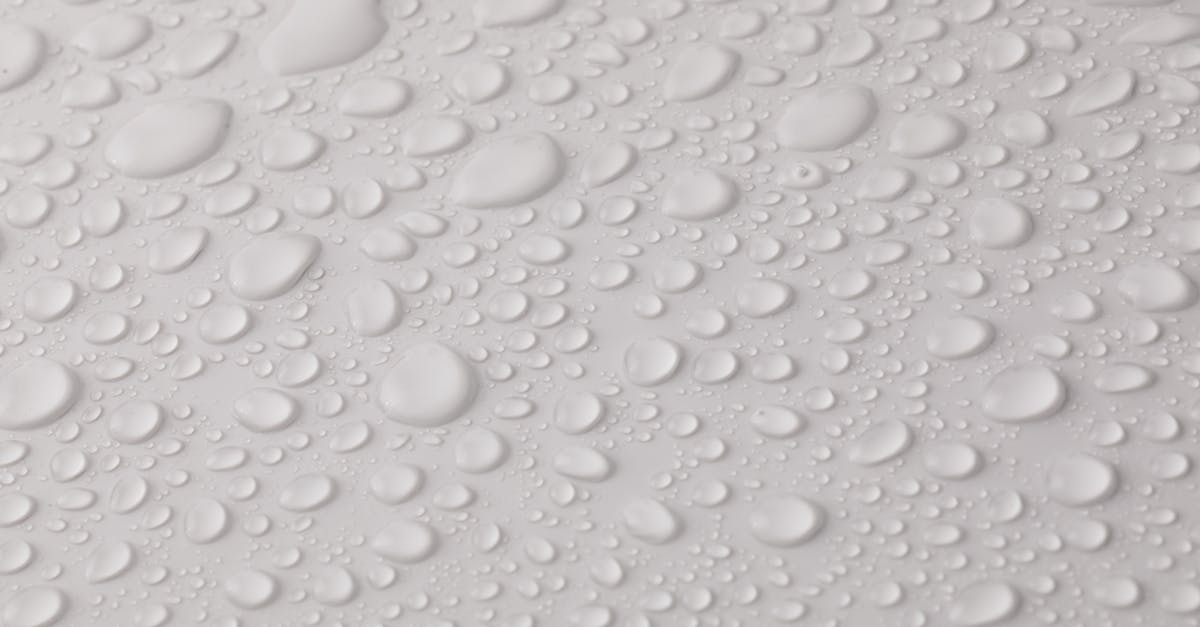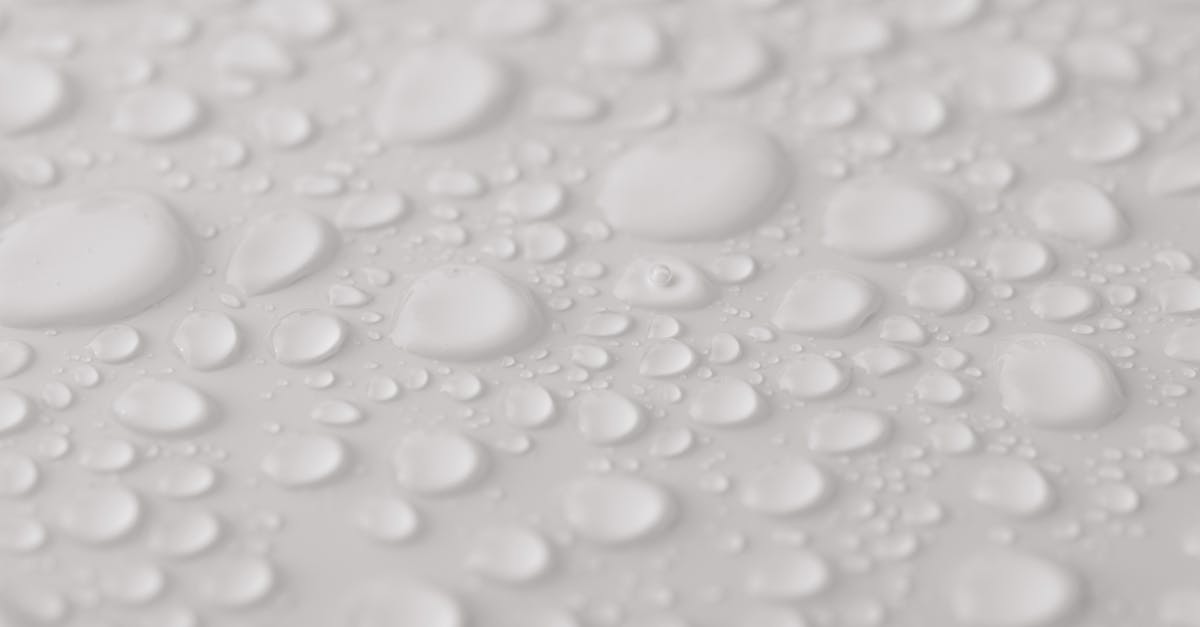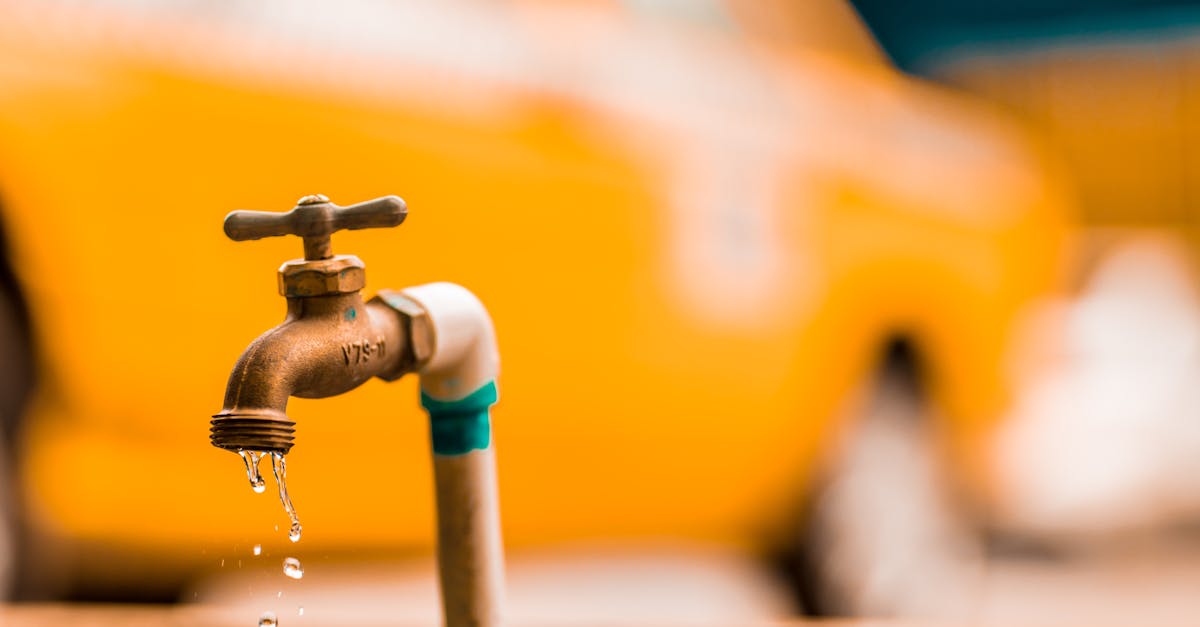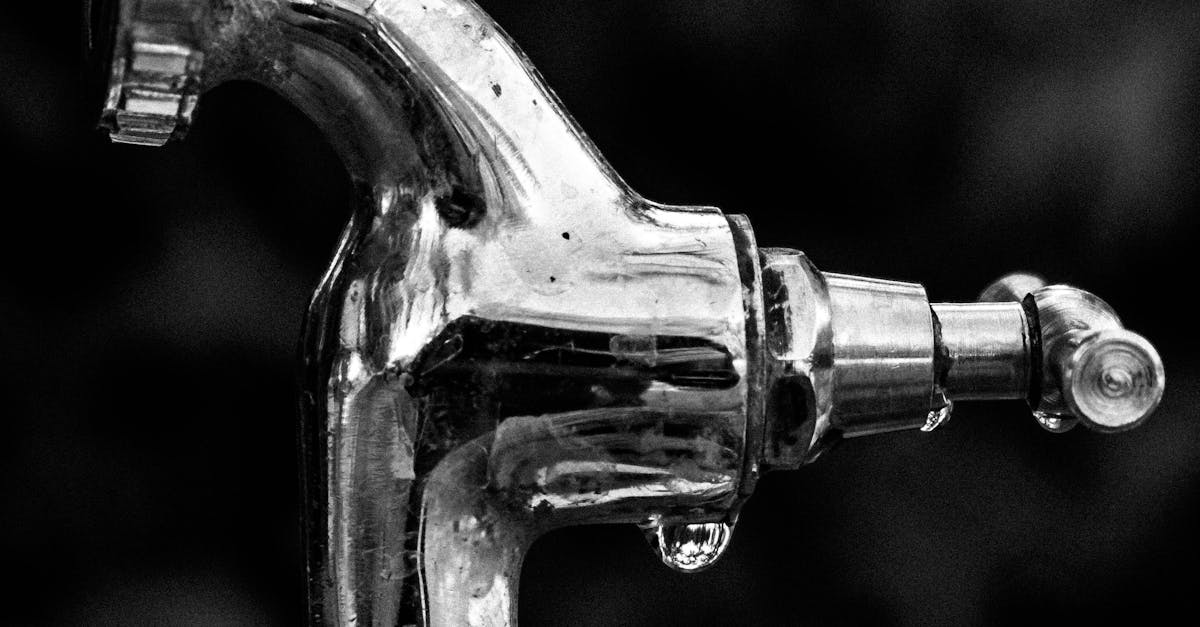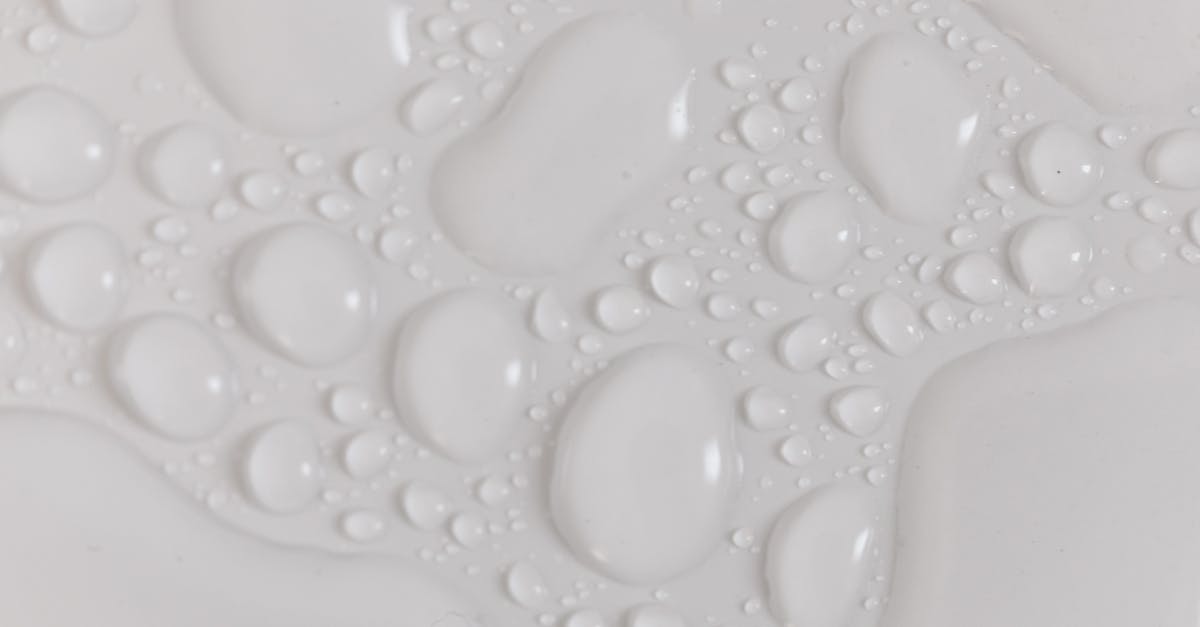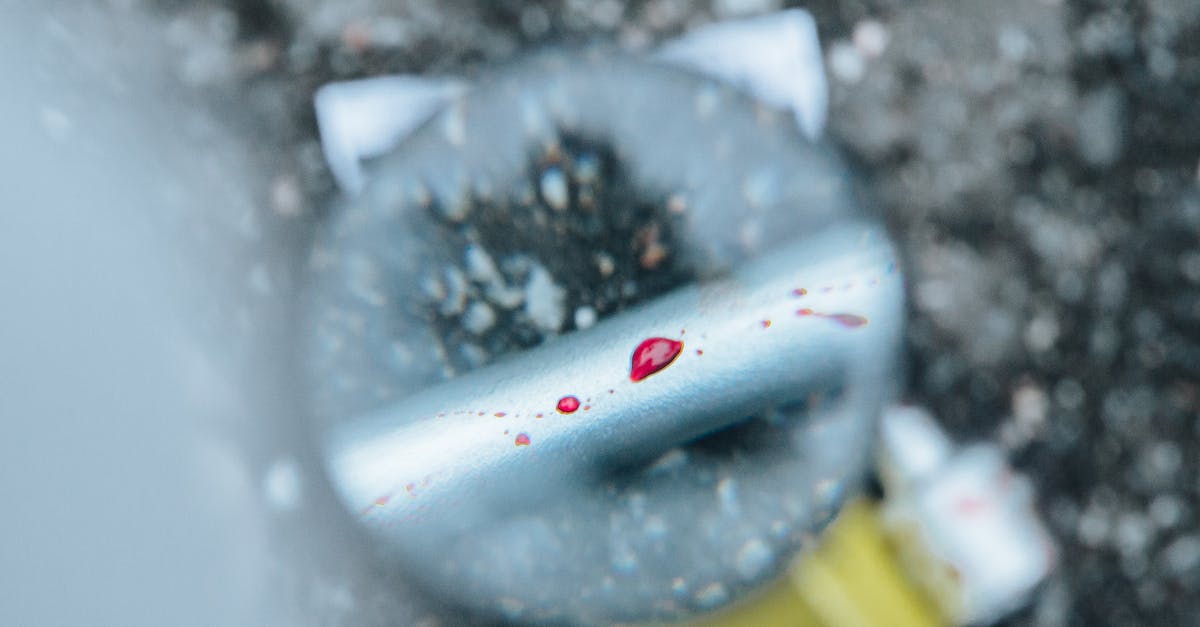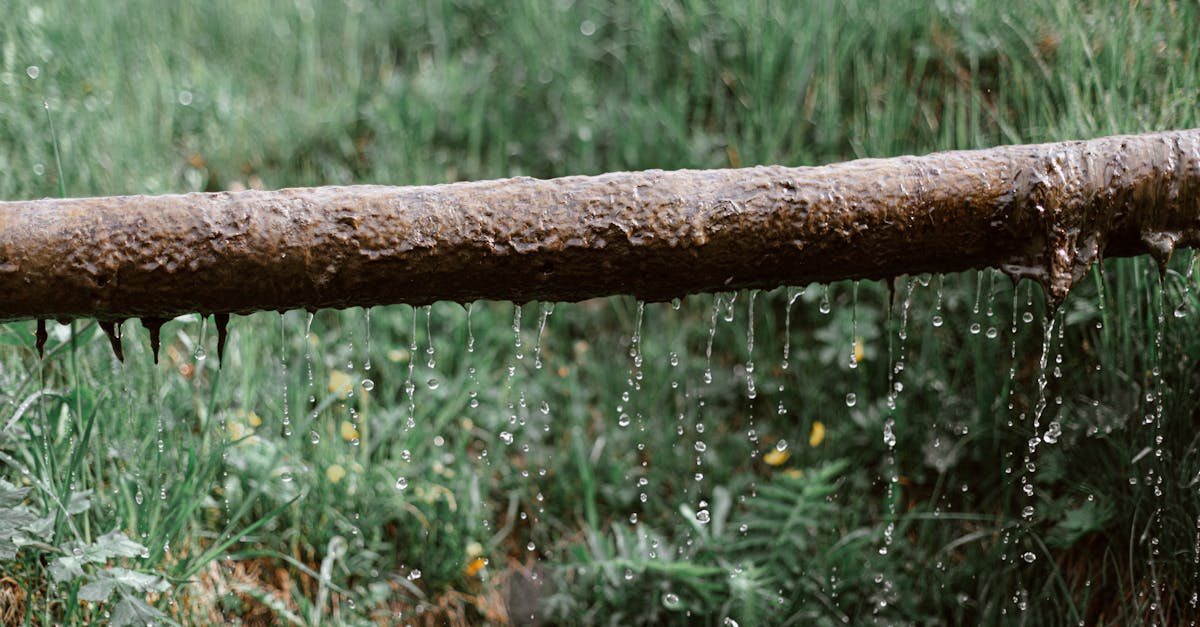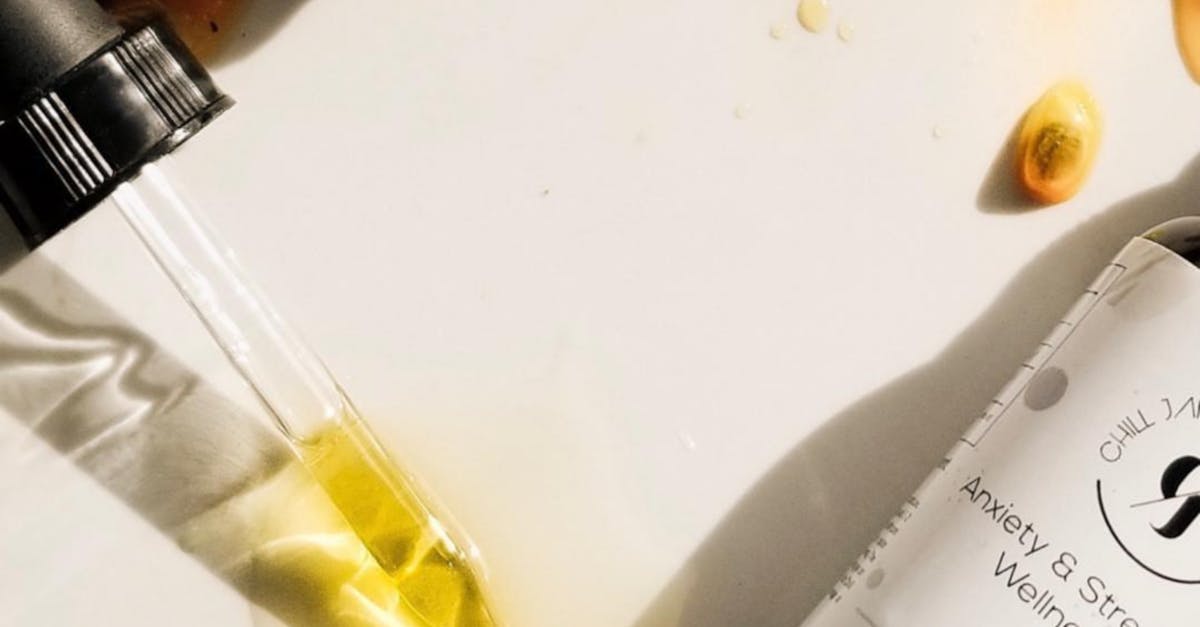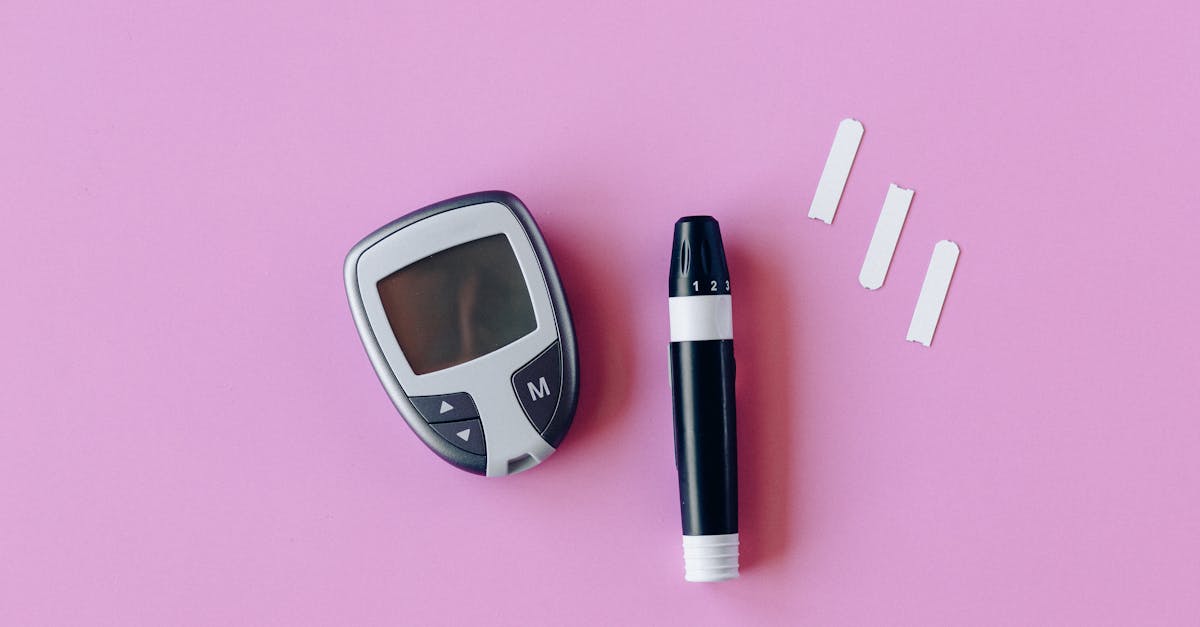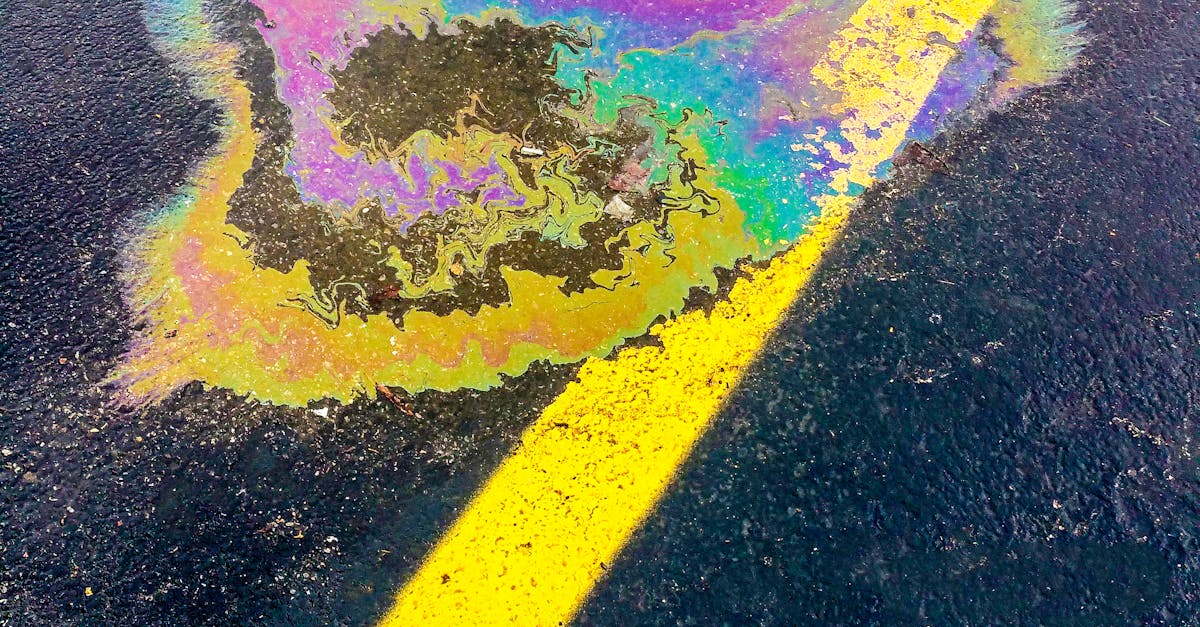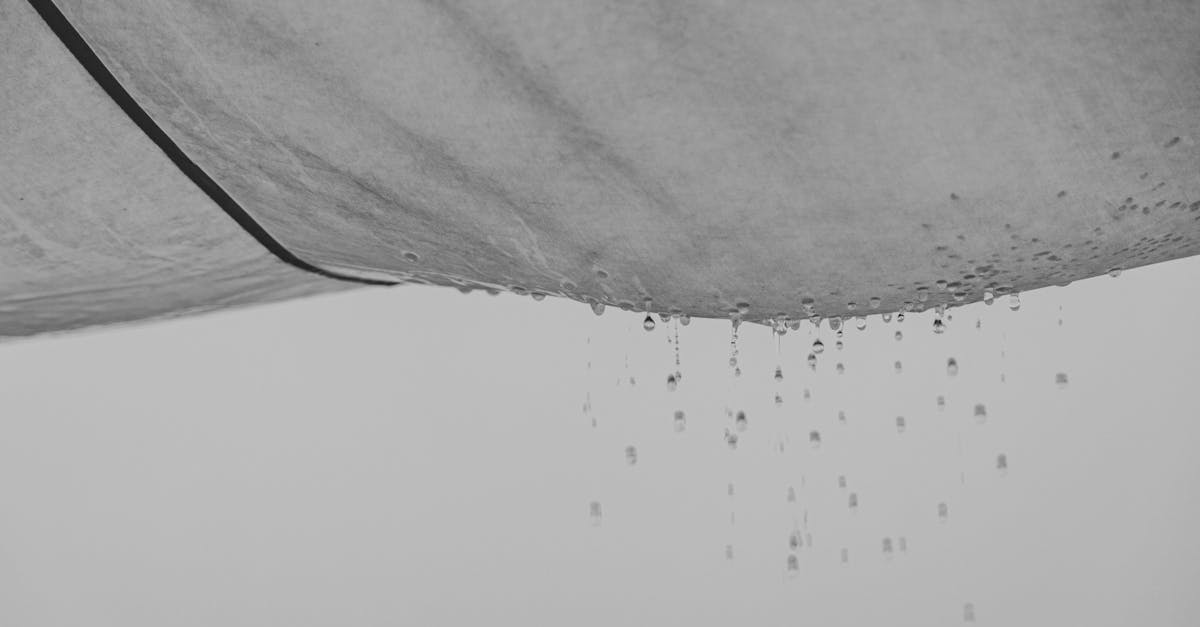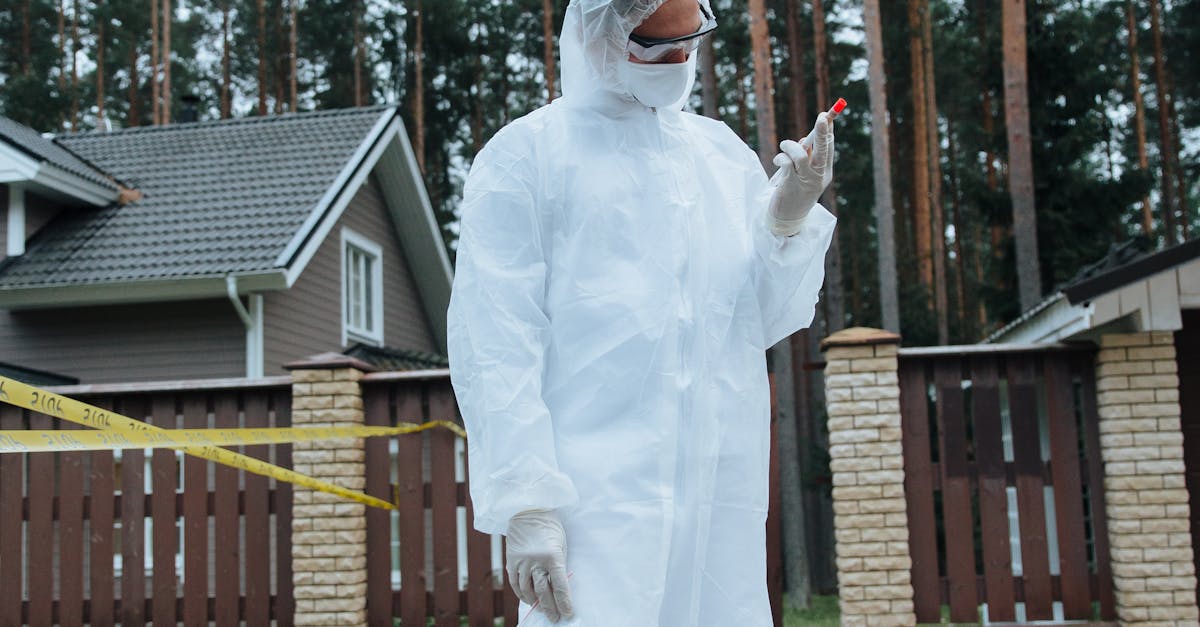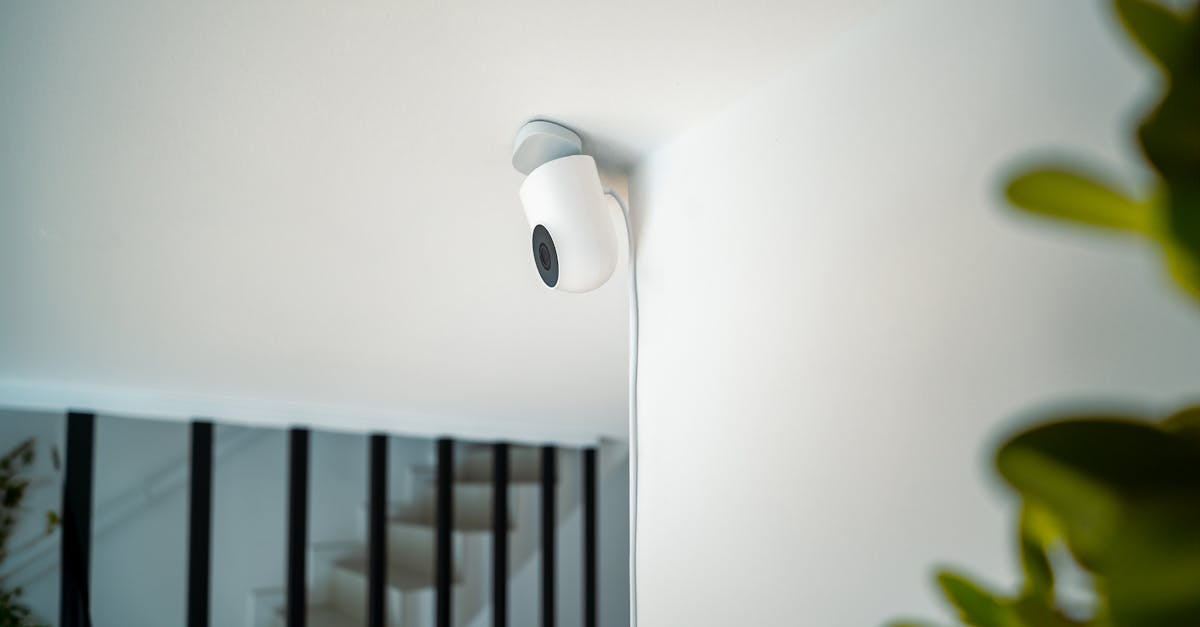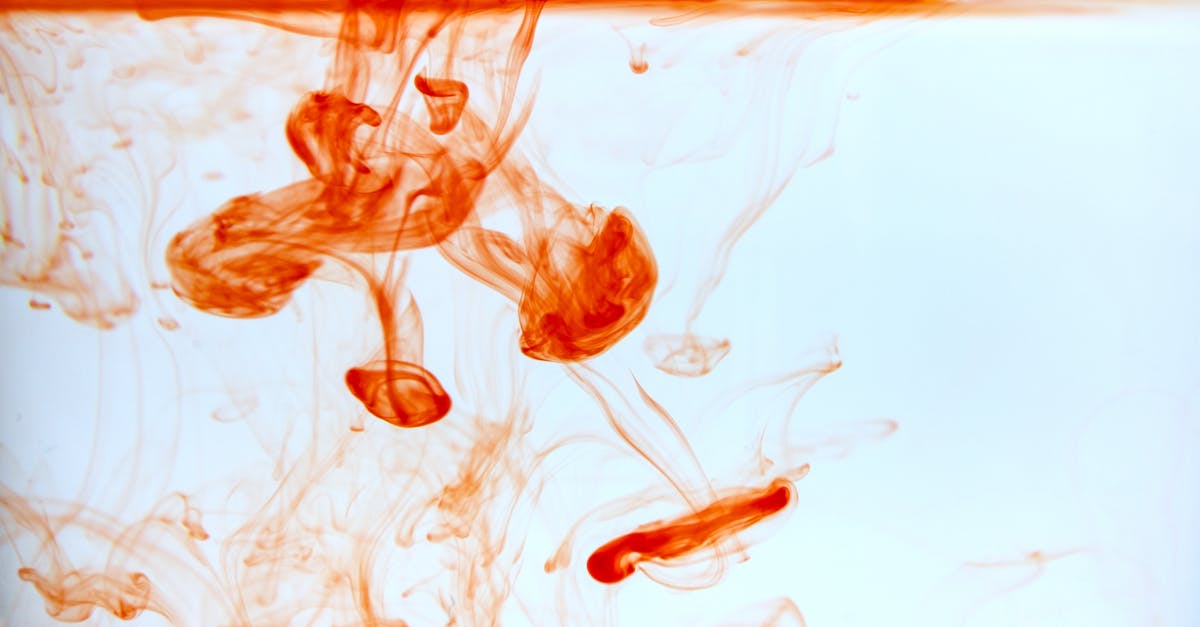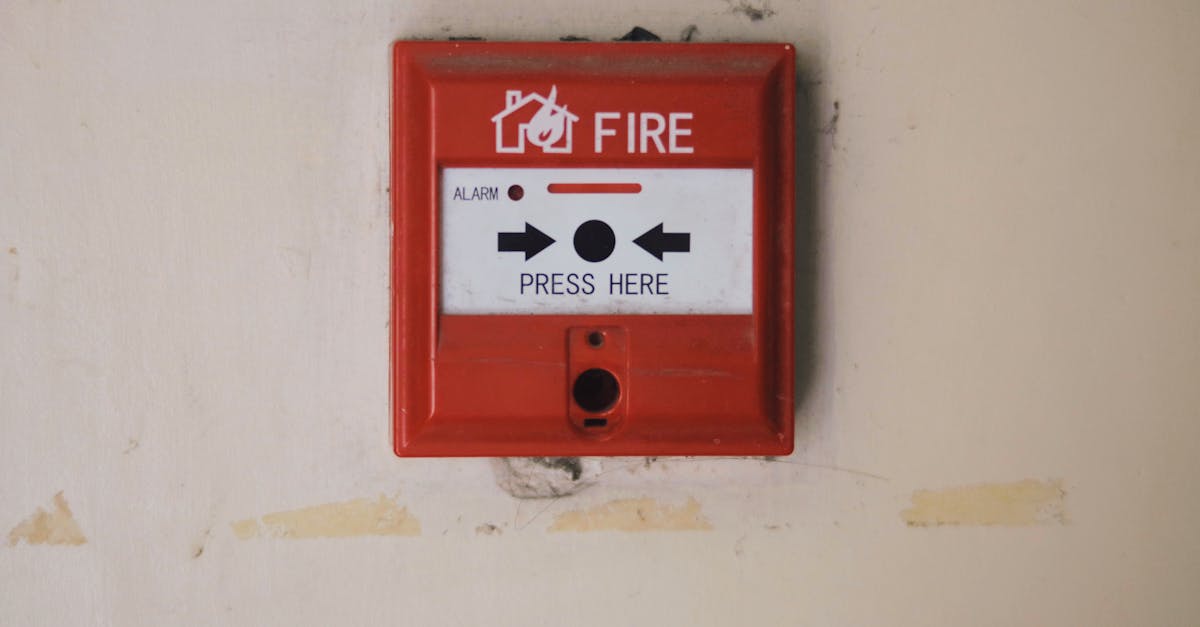
Table Of Contents
Utilizing Water Meters
Water meters can be an effective tool for identifying leaks within your home. By monitoring your water meter readings at regular intervals, you can quickly discern any unexplained increases in water usage. The first step is to ensure that all water-using appliances and fixtures are turned off. Once you have established a baseline reading, check the meter again after a few hours without using any water. If the reading has changed, this indicates a potential leak somewhere in your plumbing system. Leak detection and repair becomes essential at this stage to prevent further water loss and possible damage.
If a leak is suspected based on your water meter readings, it is important to locate the source accurately. You may need to check various areas such as pipes, faucets, and even underground connections. In some cases, it might be beneficial to engage a professional for advanced leak detection techniques. Regular monitoring of your water meter not only helps in identifying leaks but also in fostering a more sustainable approach to water consumption in your household.
How to Conduct a Water Meter Test
To conduct a water meter test, start by making sure that no water is being used in your home. This means turning off all taps, avoiding running appliances, and giving your household members a heads-up to refrain from using water for the duration of the test. Once everything is quiet, take note of the current reading on your water meter. This initial reading serves as a baseline for detecting any potential leaks.
After waiting for a couple of hours, return to the water meter and check the reading again. If the number has changed despite no water usage, a leak may be present somewhere within your plumbing system. This process is a fundamental step in leak detection and repair, helping to identify issues before they escalate into larger problems that can cause significant damage to your home.
Inspecting Appliances for Leaks
Inspecting household appliances is crucial for identifying leaks that may lead to water damage. Dishwashers, washing machines, and refrigerators are common culprits for hidden leaks. Regularly checking the hoses connected to these appliances can help ensure they are secure and free from cracks. Additionally, examining the areas around the appliances for any signs of water pooling or dampness can provide early indications of potential issues.
For effective leak detection and repair, consider conducting routine maintenance on these machines. Cleaning the filters and ensuring proper drainage can prevent build-up that may result in leaks. If you notice any water accumulation, it may be a sign of malfunctioning seals or old hoses that require replacement. Addressing these issues promptly can save homeowners from costly repairs and extensive damage over time.
Evaluating Dishwashers, Washing Machines, and Refrigerators
Dishwashers, washing machines, and refrigerators are common household appliances that can develop leaks over time. Regularly inspecting these appliances is essential for early detection of any issues. Start by checking hoses and connections for signs of wear, cracks, or loose fittings. A small puddle around the appliance can indicate a leak, while dampness on the floor can travel further from the source, complicating the identification process.
For leak detection and repair, it's important to observe the water usage of these appliances. A sudden increase in water bills may signal an underlying problem within one of them. When conducting evaluations, look for water pooling underneath the unit or in areas around it. In some cases, leaks may not be immediately visible, but mould growth or persistent dampness in nearby areas may suggest an ongoing issue that needs addressing.
Examining Your Roof and Gutters
A thorough examination of your roof and gutters is essential for effective leak detection and repair. Start by inspecting the roof for any visible signs of damage, such as cracked or missing tiles, which can create pathways for moisture. Pay close attention to seams and flashing around chimneys, vents, and skylights, as these areas are often vulnerable to leaks. Ensure that your roof is clear of debris, as blockages can lead to water pooling and subsequently, structural problems.
Gutters play a crucial role in directing water away from your home. Ensure they are clean and free from leaves or other debris that could obstruct water flow. Examine the downspouts for clogs and ensure that they direct water at least a metre away from the foundation of your house. By maintaining your roof and gutters, you not only prevent potential leaks but also enhance the longevity of your home's structure.
Identifying Potential Leak Sources from Above
When examining your roof and gutters for potential leak sources, start by looking for signs of water staining on ceilings and walls inside your home. These stains are often indicative of leaks originating from the roof, especially around chimneys, vents, and any roof penetrations. Inspecting the roofing materials is essential; look for cracked, missing, or warped shingles that may allow water to infiltrate. Regular maintenance of gutters is equally important, as blockages can cause water overflow, leading to leaks that can damage your home's foundation.
In addition to roof inspections, pay attention to the condition of the flashing, which seals the areas where the roof meets other structures. Deteriorating or improperly installed flashing can be a significant source of leaks. When assessing these areas, consider conducting a thorough leak detection and repair plan to address any issues promptly. Identifying these potential problems early can save time and money by preventing more extensive damage in the future.
FAQS
What are the common signs of a leak in my house?
Common signs of a leak include unexplained increases in your water bill, damp patches on walls or ceilings, mould growth, and the sound of running water when no taps are on.
How can I use a water meter to detect a leak?
To use a water meter for leak detection, turn off all water sources in your home, note the meter reading, and then check it again after a few hours. If the reading has changed, you likely have a leak.
What appliances should I inspect for leaks?
Key appliances to inspect for leaks include dishwashers, washing machines, and refrigerators, as they often have hoses and connections that can develop leaks.
How can I check my roof and gutters for leaks?
To check your roof and gutters for leaks, look for visible damage, such as missing shingles or cracks in the roof. Also, ensure gutters are clean and free of blockages that could cause water to overflow.
Should I hire a professional if I suspect a leak?
If you suspect a leak and cannot locate it, or if the leak is extensive, it is advisable to hire a professional plumber to accurately diagnose and repair the issue.

